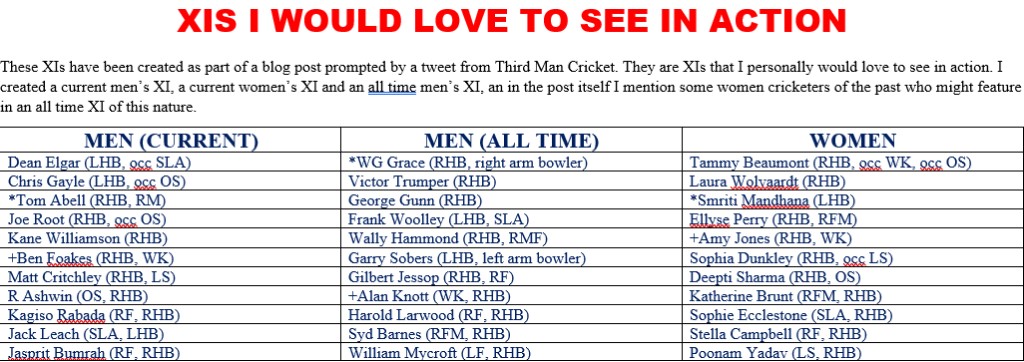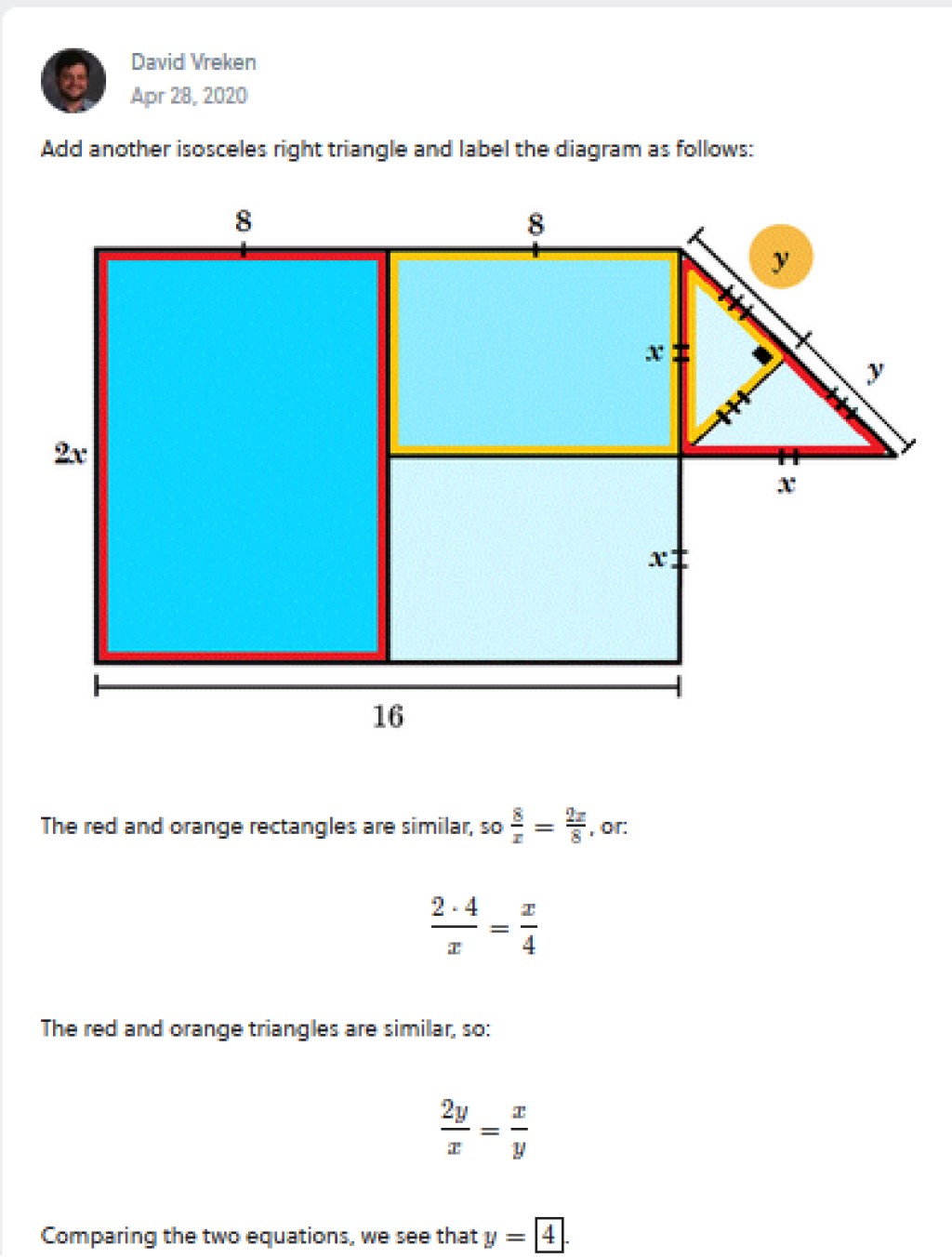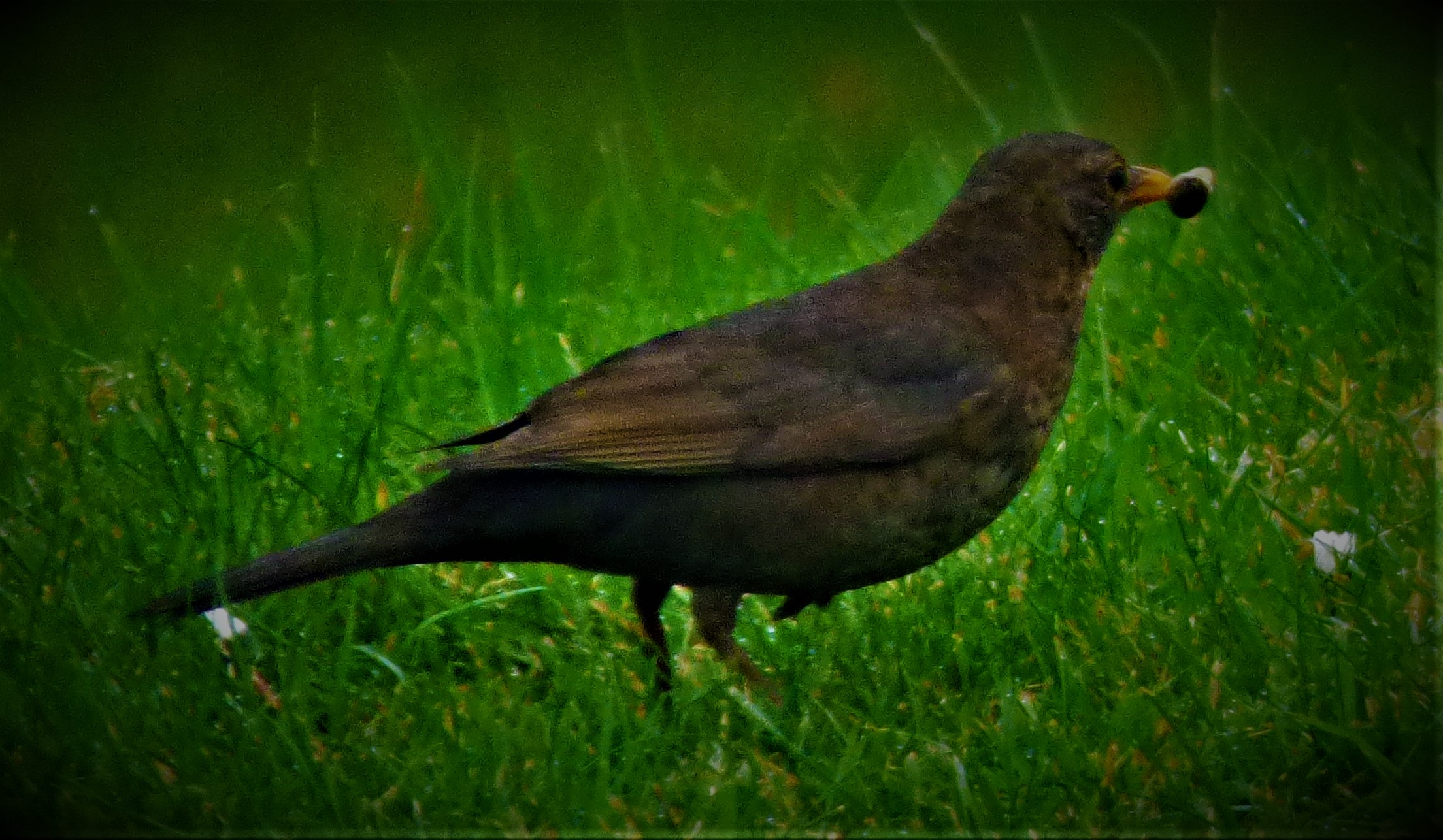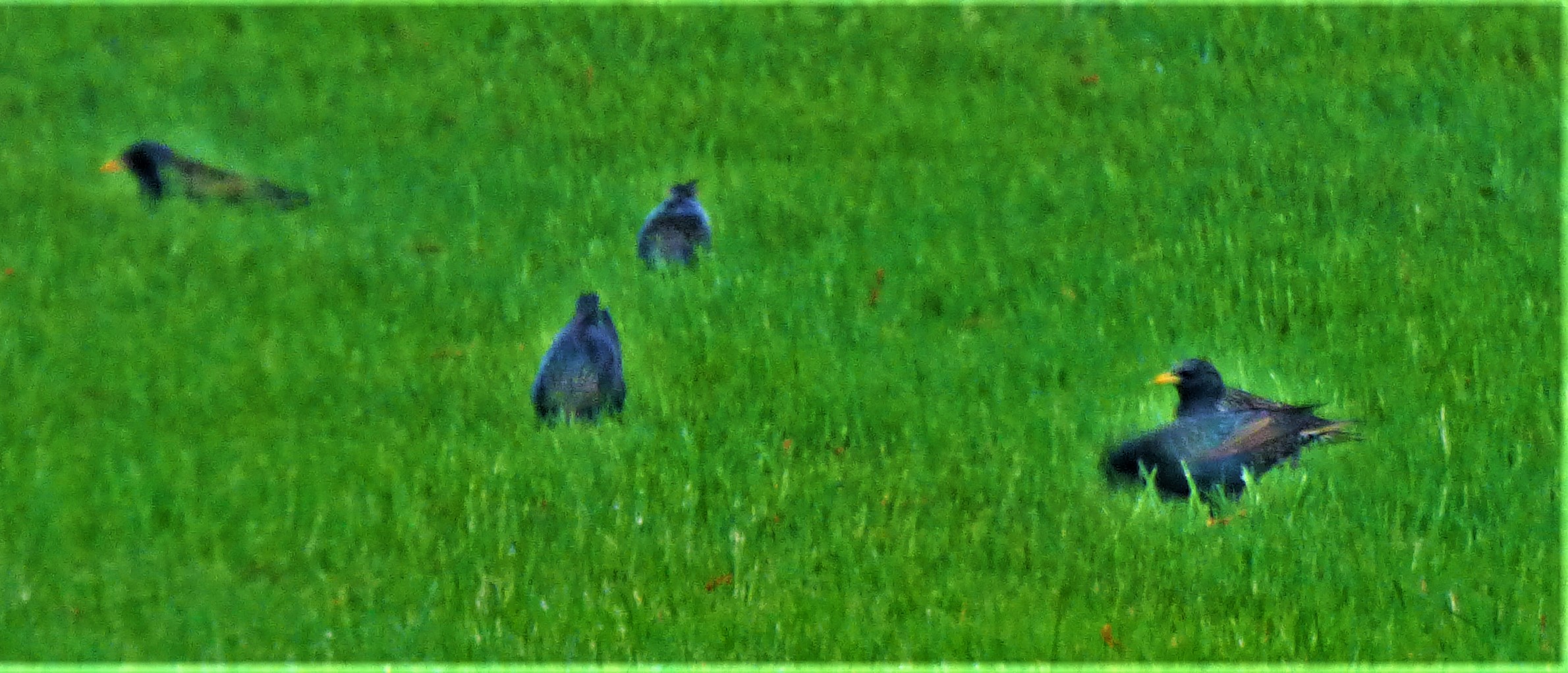This post was inspired by a tweet from Third Man Cricket, which I reproduce below to set the scene:
Seen as there’s no cricket, here’s a Saturday task for all of our followers…
Name us your ultimate XI!💪🏻
No specific format, just the side you would love most! 💚
Interested to see which players are loved most 🤔🏏
— Third Man Cricket 🏏🟢 (@ThirdManCrickUK) October 2, 2021
https://platform.twitter.com/widgets.js
I shall be producing three XIs – a current men’s XI, an all time men’s XI and a current women’s XI. In the latter I will mention several names who would feature in an all time version.
MEN’S CURRENT XI
- Dean Elgar (left handed opening batter, occasional left arm orthodox spinner). The South African has established himself as one of the best long form openers around, and he is a natural counterpoint to the other opening batter.
- Chris Gayle (left handed opening batter, occasional off spinner). The greatest T20 batter the world has yet seen, he can also handle long form cricket, as evidenced by two test triple centuries.
- *Tom Abell (right handed batter, right arm medium pacer, captain). With Elgar and Gayle opening he would likely get to the middle somewhat later than he usually does for Somerset, for whom he plays. Until September when things went pear shaped both for him and for Somerset he was having a fantastic season, and I for one look forward to seeing him playing test cricket.
- Joe Root (right handed batter, occasional off spinner). Since the start of 2021 seven test centuries have been scored by England batters, and six of those stand to the credit of Joe Root.
- Kane Williamson (right handed batter). The Kiwi recently led his side to victory in the first ever World Test Championship final.
- +Ben Foakes (right handed batter, wicket keeper). The best keeper currently playing the game, and at no6, with a bit of ballast between him and the genuine tail enders he should fare well.
- Matt Critchley (right handed batter, leg spinner). His bowling is not necessarily going to feature (as you will see I have gone spin heavy). He has had an excellent season for Derbyshire and would certainly be in my Ashes tour party.
- R Ashwin (off spinner, right handed batter). The best off spinner currently playing the game, and as England learned in India recently a more than useful lower order batter.
- Kagiso Rabada (right arm fast bowler, right handed batter). One half of an explosive new ball pairing I have selected.
- Jack Leach (left arm orthodox spinner, left handed batter). England’s best current spinner, with 340 FC wickets at 26 a piece. His test record from 16 games reads 62 wickets at 29.98, very respectable. His next outing unless that tour gets cancelled will be in The Ashes later this year.
- Jasprit Bumrah (right arm fast, right handed batter). His spell on the final afternoon at The Oval broke England’s resistance in that match. He is also one of the select few visiting fast bowlers to have rattled the Australians in their own backyard.
This side has a strong batting line up, with everyone down to Ashwin at eight capable of major contributions, and has a splendid range of bowling options, though some my consider it light on seam/pace options, with Tom Abell the only bowler of that type other than the new ball pair. Ashwin and Leach should function well together as a spin duo, and although this is mainly about players I would want to see in action I would expect this combination to fare well against any opposition.
MEN’S ALL TIME
- *WG Grace (right handed opening batter, right arm bowler of various types through his career, captain). The founding father of cricket as we know it, his career figures are staggering – 54,896 first class runs, beaten only by Hobbs, Woolley, Hendren and Mead, and 2,876 wickets, beaten only by Rhodes, Freeman, Parker, Hearne and Tom Goddard. From hitting a then ground record 224 v Surrey at The Oval (maiden FC ton) to saving a Gentlemen vs Players match by scoring 74 on his 58th birthday, his great moments in FC cricket spanned 40 years.
- Victor Trumper (right handed opening batter). In the wet season of 1902 he had what was virtually a royal progress around England, amassing 2,570 runs in first class matches for the Australians, including 11 centuries. The highlight both of that season and of his career came in the fourth test match at Manchester, when reached his century before lunch on the first day. England hit back strongly, and at one stage in the final innings were 92-3, needing only a further 32 to complete victory, but a batting collapse saw them all out for 120 giving Austalia victory by three runs and with it The Ashes.
- George Gunn (right handed batter). One of cricket’s great eccentrics, he could do almost anything depending on his mood. He once gave his wicket away because he did not want to bat in the hot weather, and on another occasion he responded to being told that lunch was being taken later than usual by getting himself out so that he could eat at his regular time. He was would dance down the pitch against fast bowlers. Neville Cardus described him as “o rare George Gunn”. His brother William was an England regular and also the original Gunn of Gunn & Moore batmakers. Although she is also a native of Nottinghamshire as far as I am aware Jenny Gunn who has recently finished a long career for the England women’s team is unrelated to him.
- Frank Woolley (left handed batter, left arm orthodox spinner). The only player ever achieve the first class career treble of 10,000 runs, 1,000 wickets and 1,000 catches. He scored his runs at a tremendous rate, and must have been incredible to watch in action.
- Wally Hammond (right handed batter, right arm medium fast bowler). His chief glory was his cover drive, rated by Don Bradman as the greatest example of that shot the he ever saw (and Bradman as well as being the best batter ever to play the game saw almost every great player of the 20th century).
- Garry Sobers (left handed batter, left arm bowler of every type known to cricket). The most complete player the game has ever known, and surely one of the most watchable as well.
- Gilbert Jessop (right handed batter, right arm fast bowler). The fastest scorer the game has ever seen, a fine bowler (it was actually in this capacity that he was first selected for England) and a gun fielder.
- +Alan Knott (wicket keeper, right handed batter). One of the greatest ever exponents of the keepers art and a more than useful lower middle order batter, noted for his ability to improvise long before that was a major thing in cricket.
- Harold Larwood (right arm fast bowler, right handed batter). One of three English fast bowlers to have blitzed the Aussies on their own pitches, along with Tyson in 1954-5 and Snow in 1970-1. In the final match of the 1932-3 Ashes, what turned out to be his last ever test appearance, he scored 98 as nightwatch. On his previous tour of Australia in 1928-9 he had scored 70 from no9 in the first test match.
- Syd Barnes (right arm fast medium bowler, right handed batter). 189 wickets from just 27 matches, an average of seven wickets per game, and they cost him only 16.43 a piece. His great weapon was a leg break, delivered at fast medium pace. The only bowler other than him to master a delivery of this type was Alec Bedser.
- William Mycroft (left arm fast bowler, right handed batter). The only non-test player in the XI, but over 800 FC wickets at 12 a piece. In 1876 he became the first player ever to take 17 wickets in a first class match, for Derbyshire against Hampshire, but Hampshire sneaked home by one wicket.
This side is fantastically equipped in all departments, and would fare well against most combinations.
WOMEN’S CURRENT XI
- Tammy Beaumont (right handed batter, occasional wicket keeper, occasional off spinner). The diminutive opener demonstrated her enduring class with a superb century against New Zealand at her home ground of Canterbury in the last international fixture of the 2021 season. Her innings laid the foundation for a late onslaught from Danni Wyatt and Sophia Dunkley that propelled England to 347-5 from 50 overs, a total that NZ never looked like chasing.
- Laura Wolvaardt (right handed batter). The South African has not yet played test cricket (the women don’t get to play nearly enough of that format) but all indications, including the fact the she is much better in ODIs than in T20Is are that she would be at home in that format.
- *Smriti Mandhana (left handed batter, captain). The stylish Indian has just burnished an already hugely impressive record by scoring a test century against Australia in Australia, at Carrara.
- Ellyse Perry (right handed batter, right arm fast medium bowler). The best all rounder of either sex currently playing the game. If she learns to bowl spin (both off and leg spin would be required) she would rival Sobers for the title of the most complete cricketer of them all.
- +Amy Jones (right handed batter, wicket keeper). A brilliant wicket keeper and a fine attacking batter.
- Sophia Dunkley (right handed batter, occasional leg spinner). She has rapidly established herself as an England regular.
- Deepti Sharma (left handed batter, off spinner). The Indian all rounder helped to build on the platform that Mandhana’s innings referred to above gave India in Carrara, scoring 59 of her own.
- Katherine Brunt (right arm fast medium, right handed batter). The veteran from Barnsley remains a formidable bowler, has developed her batting to the point of being not far short of a genuine all rounder, and is always hugely entertaining.
- Sophie Ecclestone (left arm orthodox spinner, right handed batter). She takes her international wickets at 20 each and at the age of 22 is the best finger spinner currently playing women’s cricket.
- Stella Campbell (right arm fast, right handed batter). The tall (1.86 metres = 6′ 1″ in old money) Aussie teenager is a perfect contrast to the much shorter Brunt. She is also significantly quicker than the Yorkshirewoman, as the tweet below from Hypocaust shows:
That wicket ball from Stella Campbell was 124.3 km/h (77.2 mph).#AUSvIND
— hypocaust (@_hypocaust) October 2, 2021
https://platform.twitter.com/widgets.js
11. Poonam Yadav (leg spinner, right handed batter). From the tallest member of the side, and its fastest bowler, to the shortest and its slowest bowler. She tosses the ball so high that one sometimes wonders whether air traffic control towers pick up tiny white dots on their radar screens when she is bowling. The method is undoubtedly effective for her – she has a magnificent record.
This side features a strong batting line up and a beautifully balance bowling unit, with Campbell, Brunt and Perry to bowl pace and the trio of Yadav, Ecclestone and Sharma providing three very different spin options.
I have chosen not to an all-time women’s XI, but the following players not named above would all be ones I would want to accommodate somehow: Charlotte Edwards (right handed opening batter), Enid Bakewell (right handed batter, left arm orthodox spinner), Carole Hodges (right handed batter, off spinner), Karen Rolton (right handed batter), Sarah Taylor (right handed batter, wicket keeper) and Cathryn Fitzpatrick (right arm fast bowler, right handed batter)
PHOTOGRAPHS
My usual sign off…














































































































































